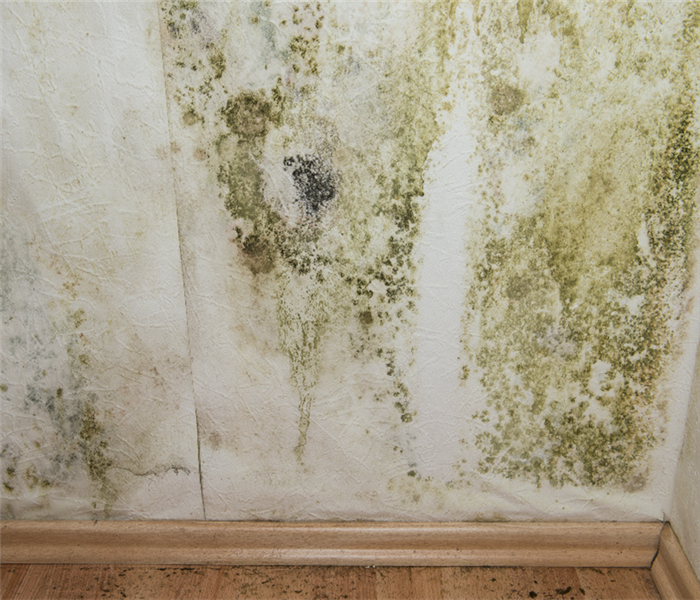Why Does Rain Bring Mold to Your Home?
9/14/2021 (Permalink)
In many cases, Boca Raton, FL, homeowners welcome rainstorms. The precipitation brings moisture to lawns and gardens, and it can fill reservoirs with drinking water. However, if parts of your home aren’t secure, you might experience flooding and black mold following a rainstorm. It’s vital that you check your home to ensure water isn’t getting inside when it rains.
Get on the Roof
Attics are common places for mold cleanup. If you find mold in this part of your home, chances are good that you’ve got a roof leak. Here are some ways to find out:
• Get on your roof and inspect it for missing shingles.
• Check for soft spots on the roof.
• Look for obvious signs of damage such as holes and cracks.
If your sure up your roof, you shouldn’t have to worry about water seeping through and introducing mold.
Check Your Drainage
As your up on your roof, make sure you look at your rain gutters. Clear them of debris, and make sure the downspouts are diverting water away from your home. Clogged gutters can pool water near the foundation of your water after it rains, which can introduce water into your home. This could, in turn, cause mold growth.
Check Your Windows
Has it been a while since you replaced your windows? If you have black mold on your walls, it may be because water is getting inside when rains. Make sure you have properly sealed your windows.
The Solution
A mold remediation company is your key to identifying and getting rid of mold. These specialists can also help you repair areas of concern in your home such as the roof, foundation, windows, and more.
No one wants to deal with black mold and other types of mold in their home. If this unwanted guest is showing up after it rains, check for the common signs of water entry.





 24/7 Emergency Service
24/7 Emergency Service
